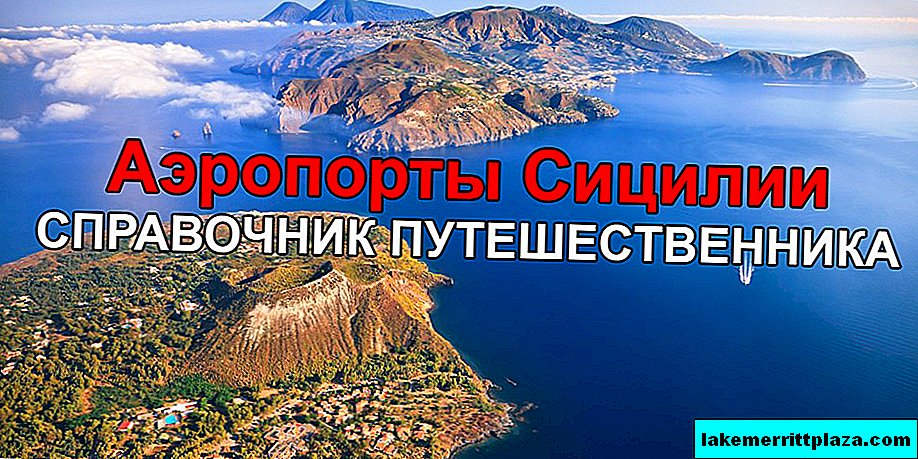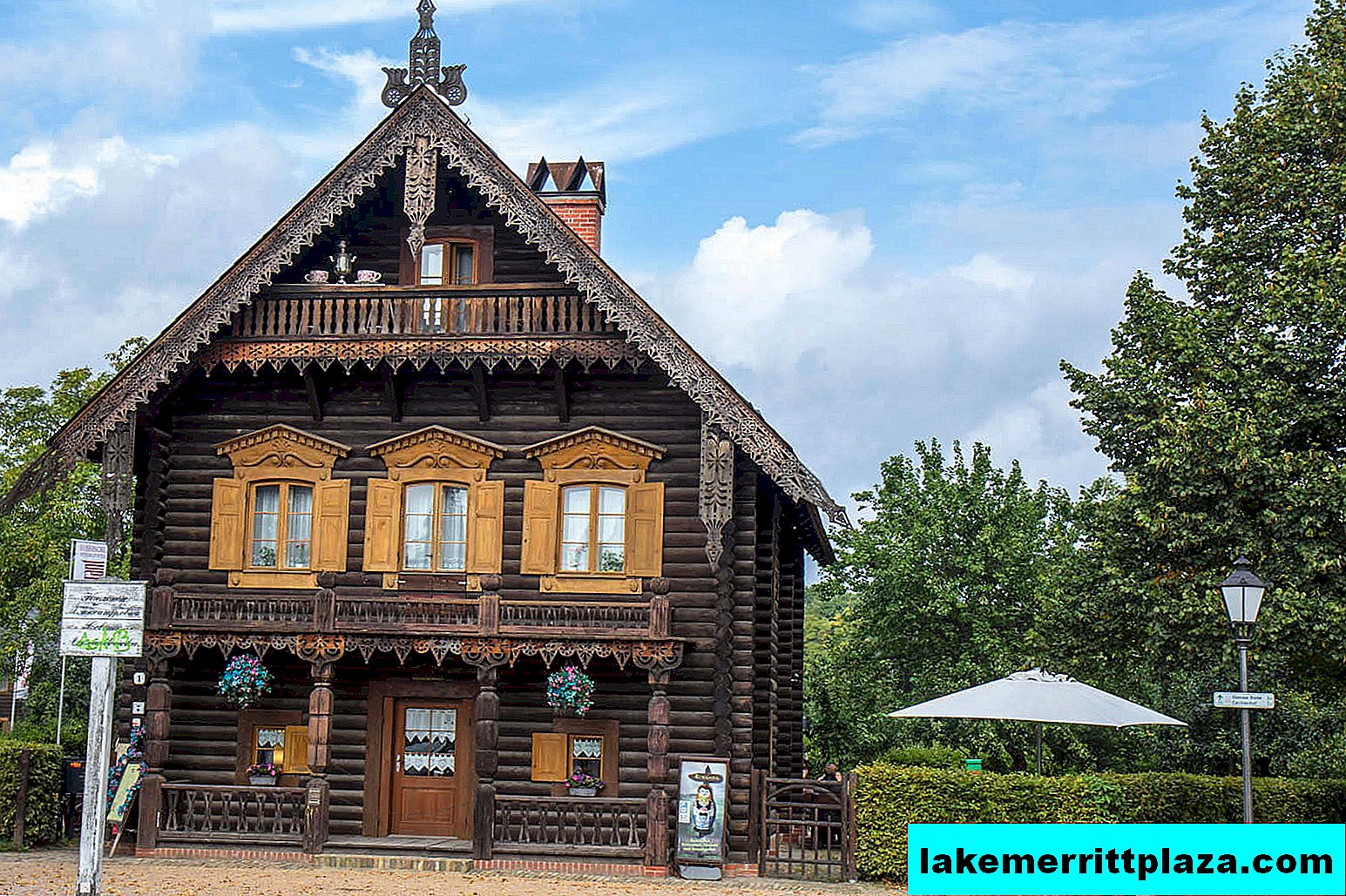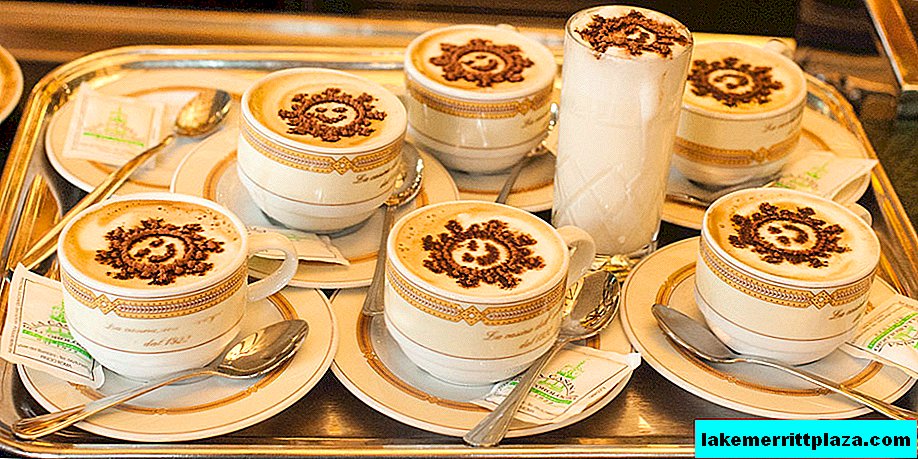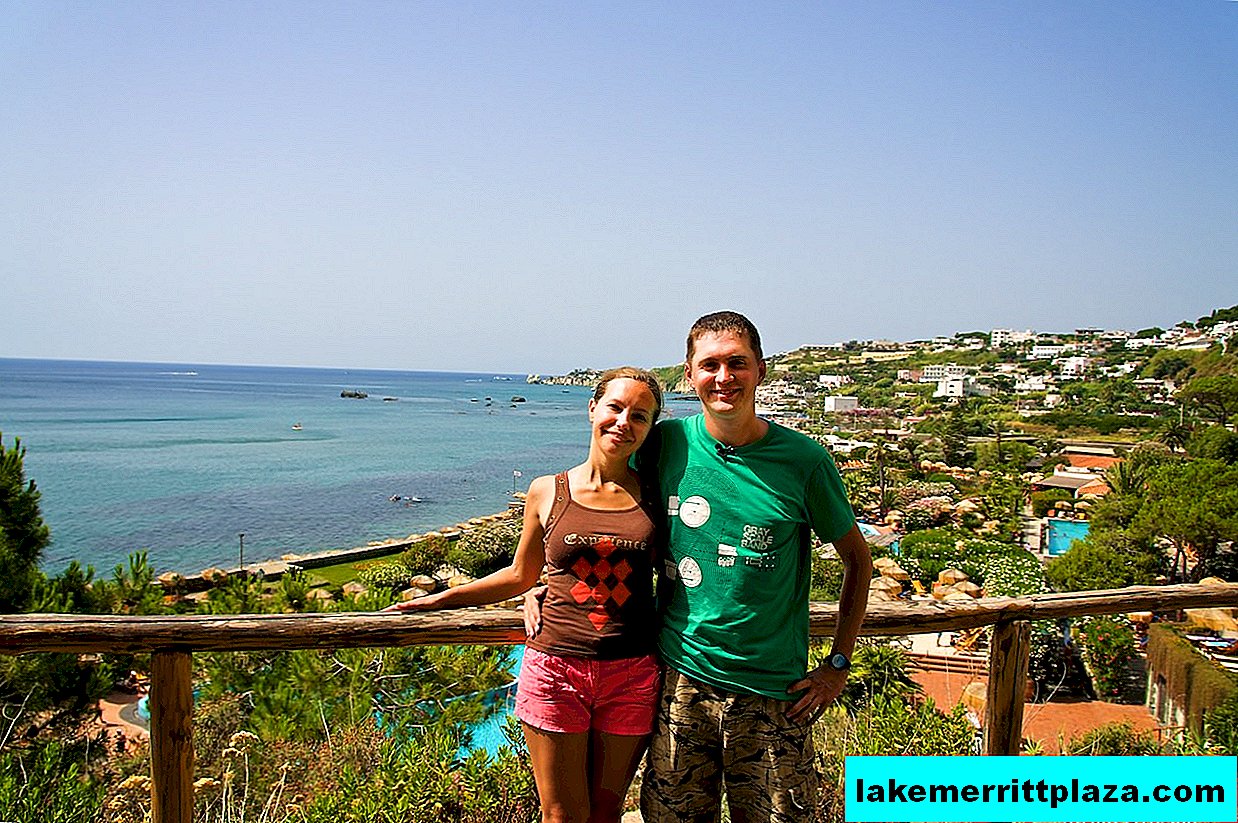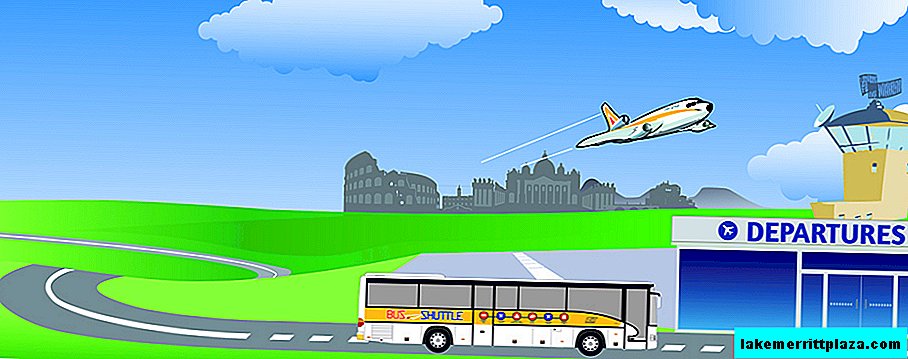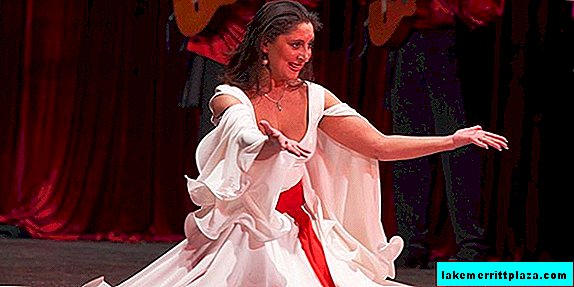In Italian, the Capitol sounds like Monte Capitolino - Capitoline Mountain. This is the most gentle of the seven hills on which Rome was built. The height of the hill is 46 m.
At its top is Capitol Square (Piazza del Campidoglio), in the middle of which stands a bronze statue of Marcus Aurelius. Along the perimeter of the square are the Palace of Senators (Palazzo Senatorio), the Palace of Conservatives (Palazzo dei Conservatori), the Palazzo Nuovo or the New Palace (Palazzo Nuovo) and the Basilica of Santa Maria in Aracheli (Santa Maria in Araceli).
Story

In ancient Rome, the Senate gathered at the Capitol Square and was the building of the state archive - Tabularia.
In the V century BC, the Capitoline Temple was built in honor of three main Roman gods: Jupiter, Juno Coins and Minerva. Some of these structures were burned and plundered, others were rebuilt and changed their original purpose. As a result, the area dilapidated and fell into decay so much that in the 5th century A.D. goats grazed around her.
Capitol Hill received a new breath in 1536 thanks to the arrival of the Spanish king Charles V in Rome.Pope Paul III, as the owner of the city, was simply ashamed of such a deplorable state of the Capitol. They decided to entrust the work on the project to Michelangelo Buonarroti, the most famous court painter and architect at the time. Alas, he managed to realize only a small part of what was planned. After the death of Michelangelo, his disciples took up the restoration. The final form, preserved to our time, the area acquired only in 1654.
Architecture
If you look from a bird's eye view, the area has the shape of a trapezoid. Thus, Michelangelo made it visually open to the city and visitors.
At the head is the Palace of Senators, on the sides - the Palace of Conservatives and the Capitoline Museum. To the left and right of the square are marble avatars of the Tiber and Nile rivers. The entire ensemble is filled with hidden allusions to a variety of events and personalities. Art historians studying the work of Michelangelo, still decipher his hidden messages. Perhaps one of them will be able to unravel for you, having been in Rome.
Palace of Senators (Palazzo Senatorio)

Built in the 1st century BC, the Senators Palace served as an archive, but for a long time was empty in the Middle Ages, gradually collapsing. The second life of the palace began during the reconstruction of the entire square. Now there is a city hall, so most of the premises are closed to visitors. You can only get to the Lapidarium, a museum dedicated to inscriptions on stone slabs telling about life and politics in Ancient Rome, and the ancient underground corridors of Tabularia.
Palace of Conservators (Palazzo dei Conservatori)

The building of the Palace of Conservatives, erected in the 15th century, served as a meeting room for senators and judges, called conservatives, which gave it that name. Now it houses a museum of marble busts of the era of Ancient Rome, a fresco and a Pinacoteca, in which exhibited paintings by Rubens, Velazquez and Caravaggio.
A separate room is dedicated to the famous Capitoline Wolf, which has become a symbol of Rome.
Etruscan and Greek artifacts are exhibited in the Castellani hall, and collections of coins and jewelry are displayed in the Capitol Museum of Coins.
Palazzo Nuovo

As the name implies, the Palazzo Nuovo is the newest building in the entire architectural ensemble. Built in the XVII century, it became a copy of the Palace of Conservatives and was originally supposed to be a museum. In the long galleries and atrium, you can see antique Greek and Roman sculptures.
Three of the above palaces are part of the Capitoline Museum. Expositions have the same opening hours and are available for visiting on a single ticket.
- Working hours: Tuesday to Sunday from 9:00 to 20:00.
- Ticket price: comprehensive ticket - 15 euros, preferential - 13 euros.
Basilica of Santa Maria in Aracheli (Santa Maria in Aracoeli)

The Basilica of Santa Maria in Aracheli was built on the site of the pagan temple of Juno Coins. The basilica was originally a Greek monastery, and then belonged to a variety of monastic orders - the Benedictines and Franciscans, who completed and consecrated it in 1921. It is worth paying attention to the carved wooden ceiling, the icon of Our Lady of the 13th century on the altar of the basilica, and the sculpture of the baby Jesus, which has miraculous properties.
- Working hours: daily from 9:00 to 17:30.
- Ticket price: is free.
Interesting Facts
The statue of Marcus Aurelius was miraculously saved during the Christian struggle against paganism, and only then because the face of Marcus Aurelius turned out to be similar to the face of Constantine. The pedestal of the statue itself is made of the columns of the temple of Castor and Pollux. The Venus of Capitol in the New Palace also almost suffered a sad fate, if it had not been sheltered from violence by the inhabitants of Rome. The liberated statue saw the light only in the 17th century.
On the territory of the temple of Juno, Coins once minted silver. Releasing a new monetary unit, the goddess Coin was depicted on it, after which the name of metallic money “coin” was sold all over the world.

According to legend, the statue of the Capitoline she-wolf was cast by the Etruscans in the 5th century BC, but, having begun to restore it in 2010, experts came to the conclusion that it could not be made at this time, but only in the Middle Ages.
How to get there
- Address: Piazza del Campidoglio
- Capitoline Hill is a twenty-minute walk from the Coliseum, close to the Roman Forum and Piazza Venezia.
- Get on the subway: Line B, Colosseo Station.
- By bus: No. 30, 51, 81, 83, 85, 87, 118, 160, 170, 628, 810 to the stop Ara Coeli-Piazza Venezia.
- By tram: No. 8 to the Venezia stop (final).

- Hikers: You can climb the stairs Lorencio di Simone Andreozzi, but be prepared for a steep climb. The main staircase of the Cordonata complex is much more convenient, as it is made in the form of a stepped ramp. To avoid crowds of tourists - you need to go a little to the right and find the inconspicuous gentle stairs with a pergola, which is used by local residents to climb comfortably and in the shade.
- Official site: www.comune.roma.it



